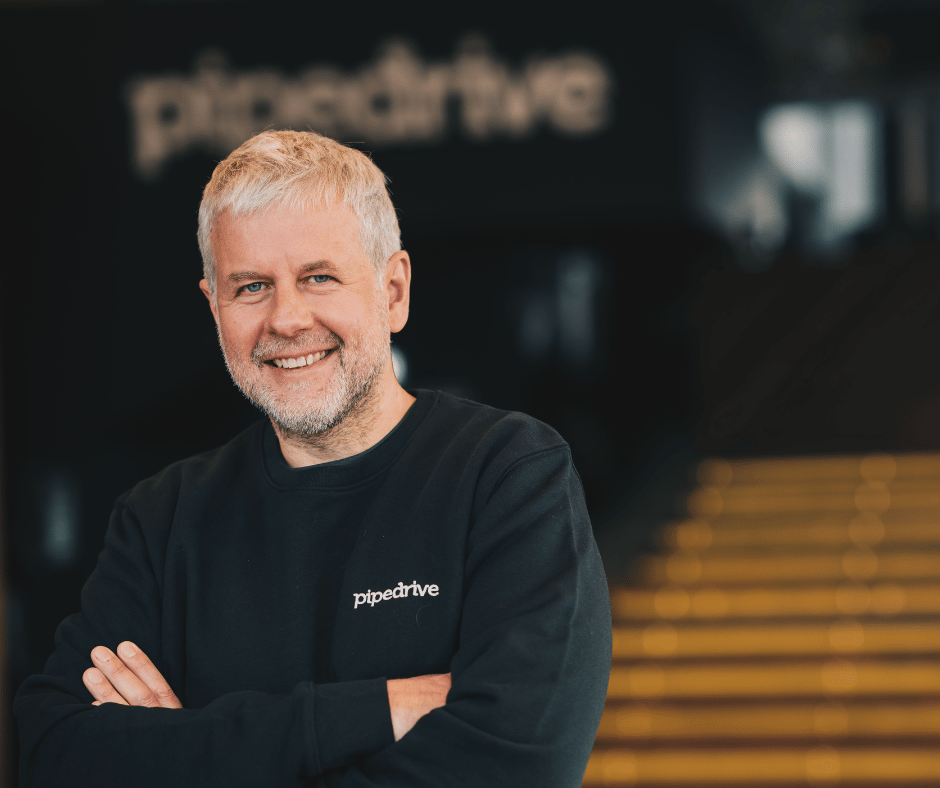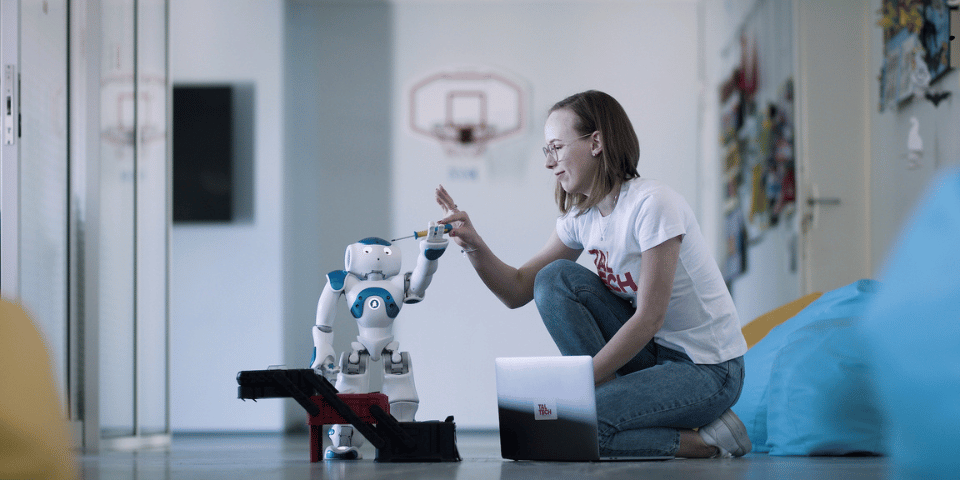Innovation Attracts Talent: Why Can't Companies Fully Implement AI?
The annual global innovation leaders survey by the Boston Consulting Group reveals that 83% of executives consider innovation one of their organization's top three priorities, yet only 3% are actually prepared to realize these ambitions. Despite the leap in AI development bringing us groundbreaking innovations and attracting top talent to join innovative companies, the readiness to implement innovation has never been so low. What are the main factors hindering innovation, and where does AI fit into the business strategies of Estonian technology companies Veriff and Pipedrive?
If a company lacks a connection between its innovation and business strategies, meaning it's unclear how innovation will improve business results, even the most efficient teams won't be able to add value through innovation during challenging times. Instead, they focus on optimizing existing processes. BCG survey results show that only 12% of executives felt that their company's innovation strategy is strongly linked to their business strategy.
"Innovation within a company is a process, not a project carried out by command. Seeking innovation should be a daily mindset that addresses the needs of customers and employees efficiently and conveniently," explains Pipedrive's Chief Technology Officer, Agur Jõgi, highlighting the systematic importance of innovation.
Although 86% of organizations participating in the BCG survey are experimenting with generative AI (GenAI) in innovation, only 8% are implementing it extensively. This means many companies miss the opportunity to fundamentally change their innovation processes and develop new products and services more effectively.
A survey by CVKeskus.ee and Palgainfo Agency of nearly 7000 employees revealed that the use of AI and machine learning technologies has skyrocketed over the past year (43% of employees have encountered such technologies). However, this may rather be employees independently experimenting and seeking to simplify their work rather than a thoughtful part of the company's business strategy.
Pipedrive, a company developing sales management software, stands out here. It has been using AI solutions and machine learning internally for the past few years, primarily for business analytics and improving product reliability.
"Since last year, we've been offering our clients solutions that help prioritize work tasks, speed up and simplify customer communication, analyze sales patterns, and identify bottlenecks. The new products are based on AI models developed both by OpenAI and internally," highlighted Agur Jõgi, showcasing Pipedrive's innovations.

Innovation attracts talent
The implementation of new technologies is not only a means to develop company products and services but also a strategic step in shaping employer culture and reputation. Innovative companies can attract top talent and experts seeking challenges and opportunities for self-fulfillment. Such an environment fosters creativity and continuous development, crucial factors for a company's long-term success.
"At our recent internal hackathon at Veriff, a prototype was created to help detect forged documents, which will be part of our existing 'Fraud Protect' product," comments Veriff's Head of Communications, Karita Sall, on implementing internal innovation.
During the hackathon, team members delved into exciting and positively crazy ideas, analyzed them together, and attempted to develop them into products or product features.
Pipedrive also organizes internal innovation accelerators, inviting all employees to participate regardless of their field of work or physical location. The accelerator aims to analyze various ideas and untapped opportunities that could be developed into new products or solutions for customers.
"As the name suggests, the accelerator is typically a project lasting about a week. However, unlike everyday work, it is a structured and concentrated process where we constantly inject new knowledge or perspectives into the participants, test various work or innovation models to facilitate creativity, and involve mentors, advisors, and guides," describes Jõgi Pipedrive's process, adding that feedback from participants confirms that both clients and the team benefit.
Companies unanimously confirm that such co-creation strengthens team spirit, and seeing tangible results at the end of the project boosts employee motivation.
Resistance to change hampers success
The BCG survey highlighted three main challenges that companies currently face in innovation, research and development, and product development.
53% of respondents pointed out an unclear or overly broad strategy. Many companies find that their innovation strategy is unclear or too vague, hindering the creation of a focused and effective innovation process. The lack of clear goals and priorities often leads to resource dispersal and diminishes the impact of innovation. Without specific guidelines and priorities, it is difficult to create a strong innovation system that supports the company's strategic goals.
49% of respondents noted that limited resources and investments hinder innovation within the company. Innovation requires significant investments both financially and timewise. Companies often feel they lack sufficient resources to support all necessary innovation initiatives. This can lead to situations where innovation projects remain incomplete or never reach the market. The lack of adequate resources can also prevent companies from competing in innovation competitions and adopting new technologies that could provide a competitive advantage.
The third challenge is organizational resistance to change, highlighted by 43% of respondents. Organizational culture and structure can often hinder innovation. Resistance to change, hierarchical structures, and bureaucracy can impede the implementation of new ideas and limit employees' opportunities to experiment and take risks. Innovation requires flexibility and an open attitude toward change, which traditional organizational structures often do not support.
Artificial intelligence needs human intelligence to function
Veriff's Head of Communications, Karita Sall, also points out the risks associated with artificial intelligence but emphasizes that this technology is not only beneficial to malicious actors.
"Artificial intelligence can and should be used to combat these same threats, but we need both AI technology to detect fraud and people to verify findings and ensure that AI operates as expected," explains Karita Sall.
According to recent labor market research, the use of new technologies has now been adopted by marketers, IT sector workers, and HR employees in Estonia, which can give them a significant competitive edge in the job market as the demand for AI skills is on a rising trend.
Pipedrive’s Chief Technology Officer, Agur Jõgi, additionally points out that although new technologies are constantly emerging, it's not necessary to chase after everything.
"Before adopting new solutions, you should consider what current customer, employee, or service problem you are solving, which technology or method would be most suitable, and if the best option is a completely new technology, whether the associated risks are sufficiently mapped and whether the company has the skills and resources to handle them," emphasizes Jõgi.






